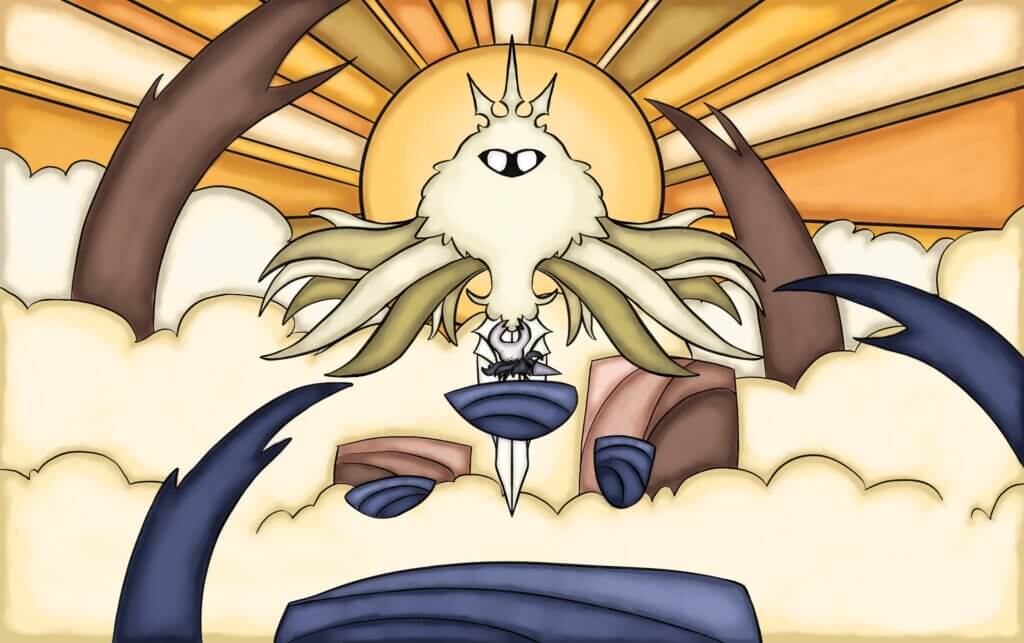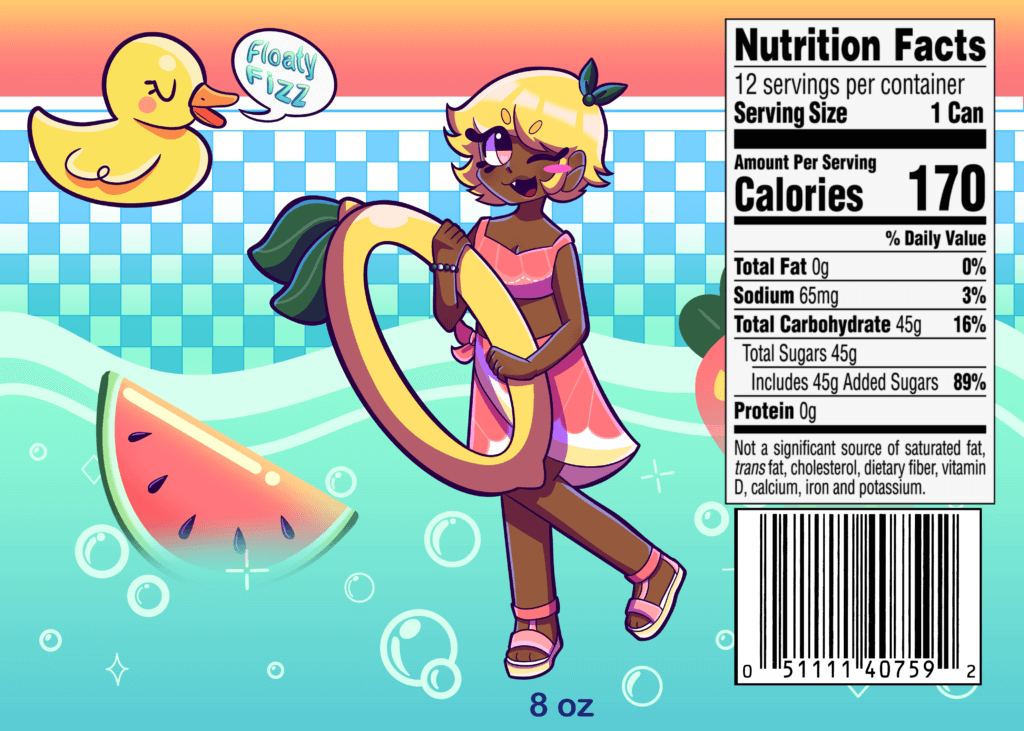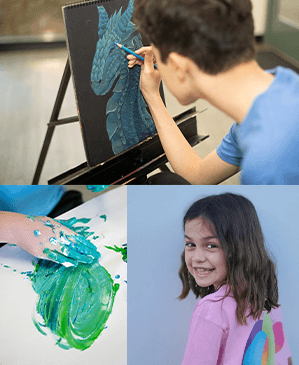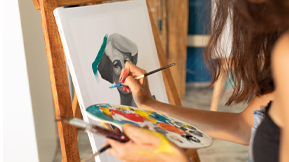In the fast-evolving worlds of comics and gaming, digital art is at the heart of character creation and world-building, allowing artists to bring imaginative stories to life with powerful tools and techniques. For aspiring designers, understanding the fundamentals of digital art is essential—not only to create engaging visuals but also to develop a unique style that resonates with audiences.
Understanding Digital Tools and Platforms
Starting with the right tools can make a significant difference in the quality and ease of your digital art process. Programs like Adobe Photoshop are popular among professionals and offer a range of brushes, textures, and effects that are helpful for comic and game design. Familiarizing yourself with these platforms can unlock a world of possibilities, allowing you to focus more on creative expression and less on technical limitations. Additionally, using a quality drawing tablet can improve your control and give your work a more organic, hand-drawn feel—especially important for creating characters with personality and nuance.

Artist: Tess. G
Creating Compelling Characters
At the heart of any successful comic or game is the ability to create characters that are visually distinct and emotionally engaging. A common starting point is sketching basic silhouettes and shapes, which helps ensure that the character’s form and posture stand out even at a glance. This process is especially useful in game design, where characters often need to be recognizable in action or from different angles. Developing a character sheet and showing different poses, expressions, and costumes can also be helpful for consistency and conveying personality traits or emotions.
Expressions and gestures are powerful storytelling tools. Mastering how to capture a range of emotions not only brings characters to life but also adds depth to their stories. Observing real-life gestures and studying facial expressions can provide a solid foundation for building memorable and relatable characters that audiences connect with.
Color Theory and Lighting for Atmosphere
Working with layers in digital art is more than a convenience—it’s an essential part of making complex and polished pieces. Layers allow artists to separate different elements of an artwork (like backgrounds, characters, and objects in the foreground) so they can make adjustments without impacting the entire composition. For game and comic design, this means being able to adjust background elements individually, making it easier to achieve a sense of depth and perspective.
Textures and effects can enhance your digital artwork by adding realism or stylization. Subtle textures can give comic art a unique, tangible-like quality, while effects like blur or grain can create a sense of focus, motion, or atmosphere in-game scenes. Experimenting with these effects can help you discover your unique style and provide your characters and scenes with added dimension.
Iteration and the Importance of Feedback
Digital art allows for quick adjustments and endless iterations, which makes it easier to correct your work through trial and error. Seeking feedback from your peers or online communities can provide valuable perspectives, revealing details that you might have missed or offering constructive critiques that help you improve.
For comic and game designers, using a gradual refinement process is crucial. Regularly revisiting your work and making small improvements can lead to noticeable progress over time. Documenting each version of your artwork can also help you track your growth and identify techniques that resonate best with your creative style.

Artist: Bella B.
Learning Resources and Community Engagement
Today, the resources available for digital artists are huge, from online tutorials and classes to community forums. Watching tutorials on platforms like YouTube or Skillshare can introduce you to new techniques, whether you’re interested in mastering line work, exploring advanced lighting, or learning character anatomy. Social media also connects aspiring artists with professionals who often share tips, insights, and even step-by-step breakdowns of their work processes.
Engaging with the digital art community not only provides you with learning resources but also connects you with others who share your passion. Following artists whose work you admire and actively participating in digital art communities can provide endless inspiration and keep you motivated as you continue to improve.
Conclusion: The Journey of a Digital Artist
The journey to mastering digital art is both rewarding and challenging, blending technical skills with creative exploration. By embracing these essential techniques, you’ll be well on your way to developing a style that’s truly your own. Keep exploring, practicing, and pushing the boundaries of your creativity, and you’ll find endless opportunities to bring unique characters and vibrant worlds to life in the digital realm. To learn more, sign up for one of our digital art classes today.







